Thermally broken aluminium: unmatched thermal efficiency
Our thermally broken aluminium windows and doors from leading suppliers Reynaers and Schüco are engineered to minimise heat transfer, ensuring optimal thermal performance. By incorporating a polyamide thermal break, we significantly reduce thermal conductivity, enhancing energy efficiency and comfort in both residential and commercial buildings.
Designed for large-scale projects, our thermally broken frame solutions help meet stringent building regulations and sustainability targets. They also contribute to lower heating and cooling costs, making them a smart choice for modern architectural designs.
Enquire NowSuperior insulation and durability
With our thermally broken aluminium products, you can expect superior insulation that minimises condensation risks and enhances occupant comfort. The insulating barrier, often made of polyamide, ensures that our windows and doors maintain their thermal efficiency even in the coldest months.
Our aluminium frames are not only thermally efficient but also incredibly durable. They are designed to withstand high traffic areas and the rigours of commercial use, ensuring longevity and consistent performance over time.
Discuss your projectOur window and door service process
Frequently Asked Questions
Explore our FAQs to understand the advantages of thermally broken aluminium windows and doors for your architectural projects. Discover how they improve energy efficiency, durability, and sustainability, while addressing specific architectural and commercial needs.
Enquire NowWhat makes thermally broken aluminium essential for modern architectural projects?
Thermally broken aluminium frames incorporate an insulating barrier, typically polyamide, between the interior and exterior sections. This barrier drastically reduces thermal conductivity, enhancing energy efficiency and helping meet stringent building regulations and sustainability targets.
How do thermally broken aluminium windows and doors contribute to energy efficiency in large-scale projects?
Thermally broken aluminium windows and doors integrate a thermal break that significantly reduces heat transfer. This enhanced thermal performance leads to lower heating and cooling costs, contributing to improved energy efficiency ratings and compliance with modern building standards.
How does thermally broken aluminium mitigate condensation issues in architectural designs?
The insulating barrier in thermally broken aluminium frames minimises thermal bridging, maintaining a consistent temperature across the frame. This reduces the risk of condensation, which helps preserve building materials and enhances occupant comfort.
Are thermally broken aluminium windows and doors suitable for high-traffic commercial buildings?
Yes, our thermally broken aluminium frames are designed for durability and longevity, making them suitable for high-traffic commercial environments. They provide consistent performance and withstand the demands of daily use, ensuring reliability for architects and building owners.
How do thermally broken aluminium windows and doors support the attainment of green building certifications?
Thermally broken aluminium windows and doors improve energy efficiency and thermal performance, essential for achieving green building certifications such as BREEAM and LEED. By reducing heat loss and improving insulation, they help architects meet sustainability goals and regulatory requirements.
Our experience speaks for itself:







